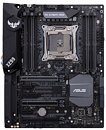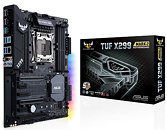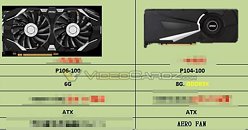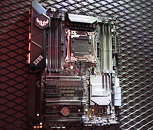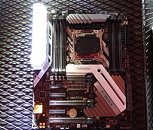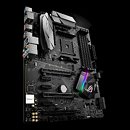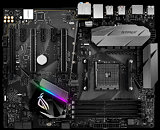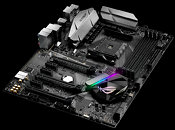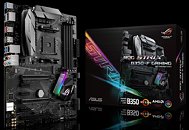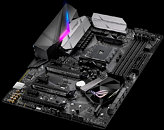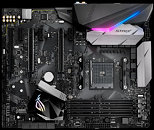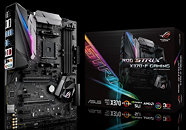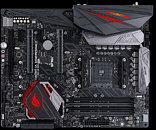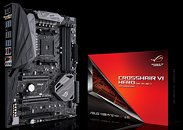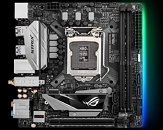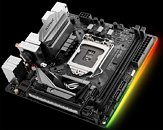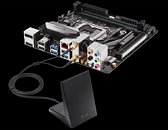
ASUS Intros TUF X299 Mark 2 Motherboard
ASUS today rolled out its second socket LGA2066 motherboard in its extra-durable TUF (The Ultimate Force) series, the TUF X299 Mark 2. The company had shown off this board at the 2017 Computex. A slimmer variant of the TUF X299 Mark 1, the Mark 2 lacks innovations such as the add-on card reinforcement brace the company introduced with the Mark 1. It does retain most of the durability-enhancing component loadout which makes for the TUF moniker.
Built in the ATX form-factor, the TUF X299 Mark 2 draws power from a combination of 24-pin ATX, 8-pin EPS, and 4-pin ATX power connectors. It conditions power for the CPU using an 8-phase VRM made of durable, high-current chokes and driverMOSFETs. The CPU socket is wired to eight DDR4 DIMM slots, and three PCI-Express 3.0 x16 slots, from which two are full x16 capable and feature reinforcement braces, and a third slot is x8 capable subject to a 44-lane CPU. An open-ended x4 slot and two x1 slots make for the rest of the expansion area.
Built in the ATX form-factor, the TUF X299 Mark 2 draws power from a combination of 24-pin ATX, 8-pin EPS, and 4-pin ATX power connectors. It conditions power for the CPU using an 8-phase VRM made of durable, high-current chokes and driverMOSFETs. The CPU socket is wired to eight DDR4 DIMM slots, and three PCI-Express 3.0 x16 slots, from which two are full x16 capable and feature reinforcement braces, and a third slot is x8 capable subject to a 44-lane CPU. An open-ended x4 slot and two x1 slots make for the rest of the expansion area.

